For our 30th anniversary exhibition, we’ve invited six artists that had worked with browngrotta arts in previous years. Three; Leon Niehues, John Garrett and Kari Lonning, work in vessel forms. Laura Foster Nicholson and Eva create weavings and Carol Shaw-Sutton sculptural forms of fiber.
Leon Niehues, a studio basket maker, creates his vessel forms from the young white oak trees that grow in his immediate area of the Ozarks. While using traditional splint techniques, he has added new construction methods and simple design elements that dramatically change his oak baskets into exciting contemporary pieces. We’ve captured several samples of his designs in a catalog that features his work and that of Mary Merkel-Hess. View them at: http://www.browngrotta.com/Pages/c15.php.
Best known for her double-walled constructions and a complex-weaving process she refers to as her “hairy technique,” Kari Lønning works extensively with graphic patterns, using both bold and subtle color schemes. Lønning’s work is also featured in a browngrotta arts’ exhibition catalog, Mary Giles/Kari Lønning, which can be viewed at http://www.browngrotta.com/Pages/c11.php.
A weaver and teacher of experimental basketry, John Garrett’s weaving materials consist of aluminum, steel, brass, or cooper in slat or wire form. Many of his creative pieces are included in the permanent collections of museums nationwide. View samples of his weaving in our catalog, Dorothy Gill Barnes and John Garrett: http://www.browngrotta.com/Pages/c14.php.
Laura Foster Nicholson is a textile artist known for her powerful hand-woven tapestries that feature whimsical, engaging imagery. Her artwork is featured in several museum collections, including the Art Institute of Chicago, The Minneapolis Institute of Art, and the Denver Art Museum, among others. Nicholson was included in the 10th Wave II: New Textile and Fiber Wall Art: http://www.browngrotta.com/Pages/c18.php.
Eva Vargö fuses paper and linen-thread materials into her weaving techniques to employ paper craft artwork. Many of her pieces are inspired by her own life experiences and also by integrating the various materials she discovers on her travels across the world. Vargö is from Sweden, but has lived in Korea as well as Japan. Vargo was included in the Retro/Prospective: 25+ Years of Art Textiles and Sculpture: http://www.browngrotta.com/Pages/c25.php
A participant in browngrotta arts’ 25 for the 25th: Glancing Back, Gazing Ahead http://www.browngrotta.com/Pages/c25.php, Carol Shaw-Sutton creates sculptural forms of fiber. Her artwork often consists of personal narrative objects and installations that utilize both ancient and modern textile. Her new work focuses on our inter relationship to each other, which is reflected in images of the human form as organic flowing substance.
Still Crazy After All These Years…30 years in art runs from
April 22nd to 30th at browngrotta arts, 276 Ridgefield, Connecticut. For more information, visit: http://www.browngrotta.com/Pages/calendar.php.


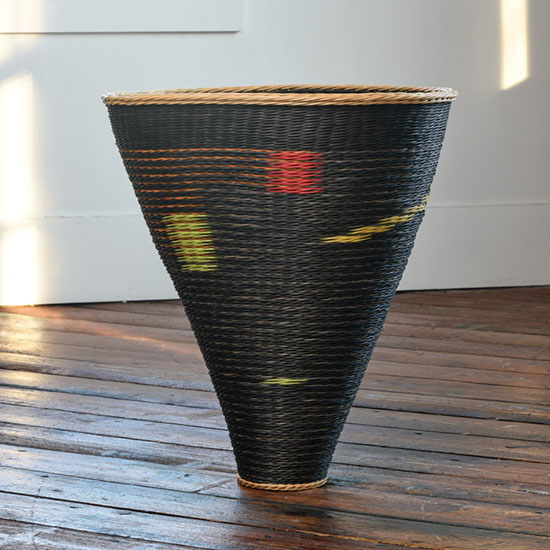
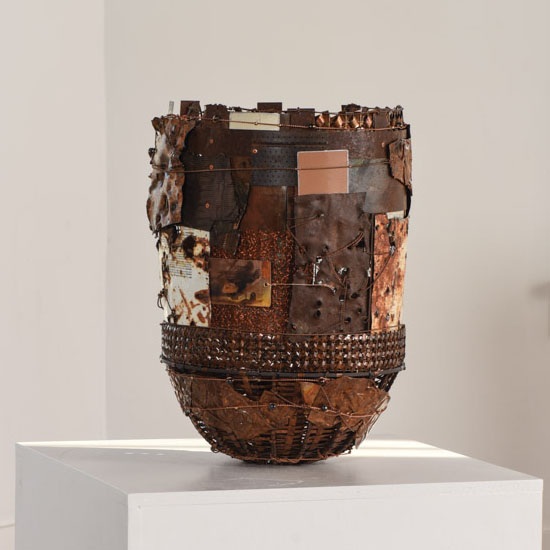
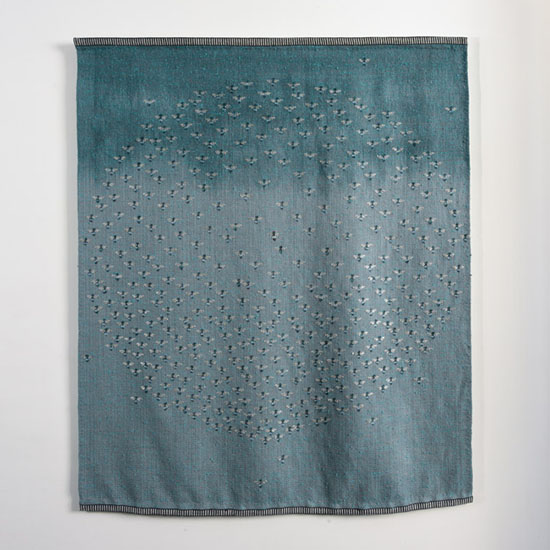
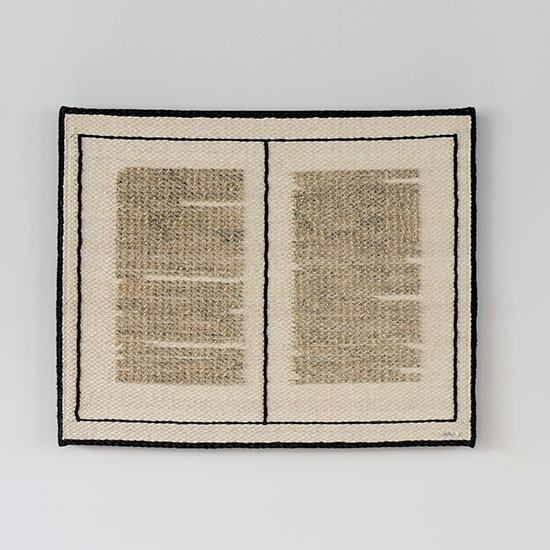


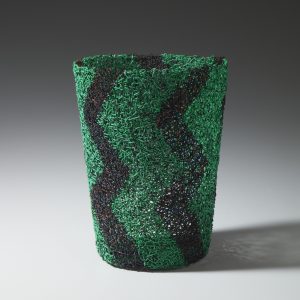
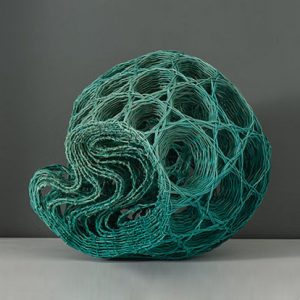
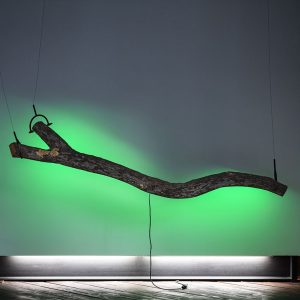


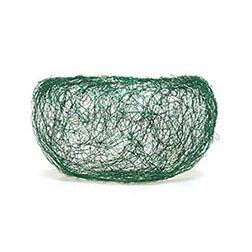
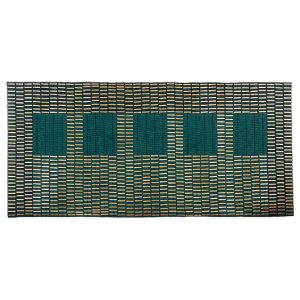

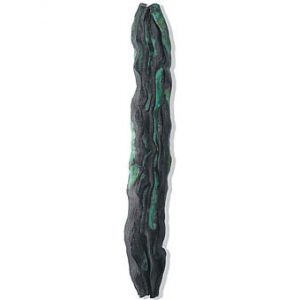
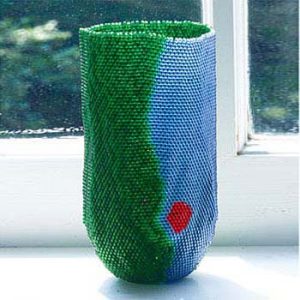
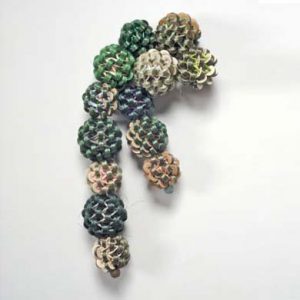
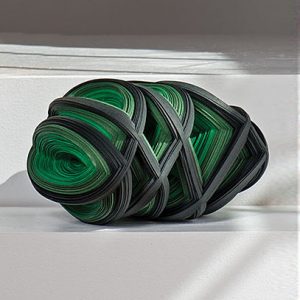
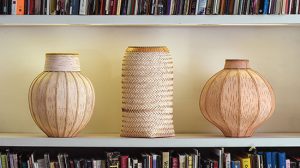
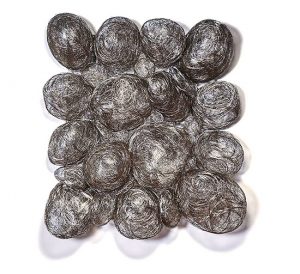


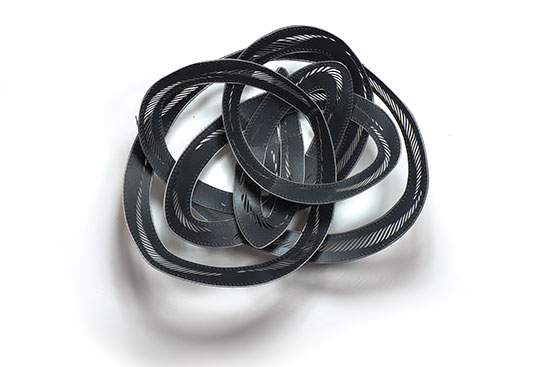
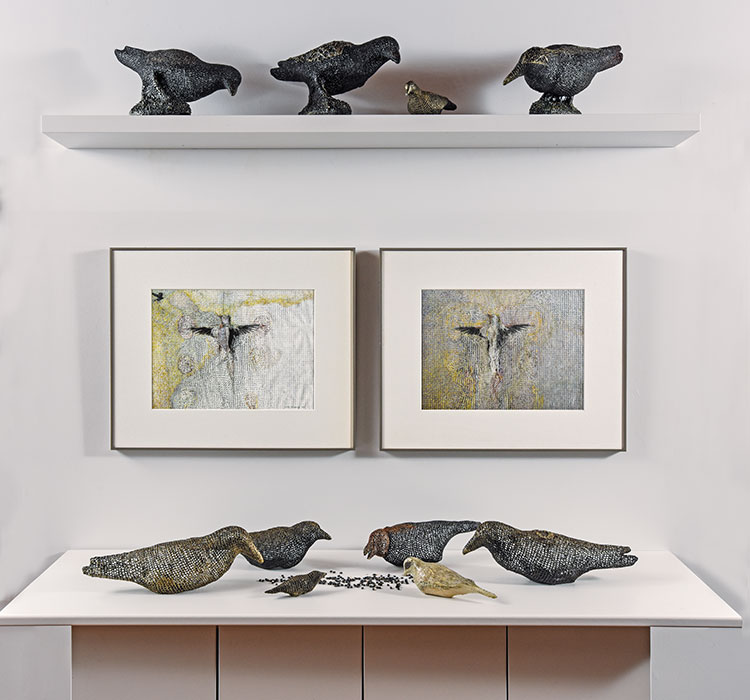




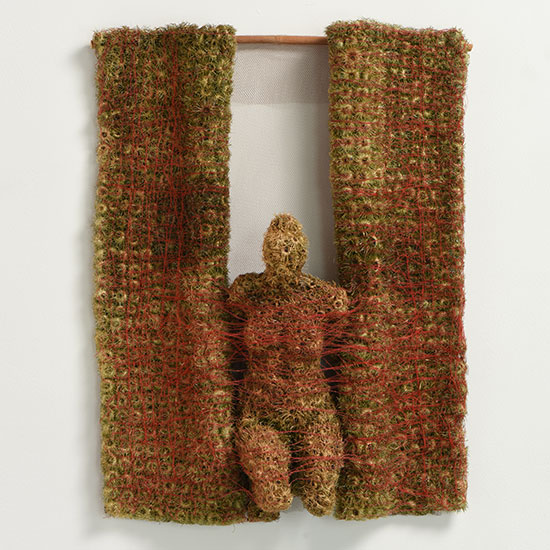
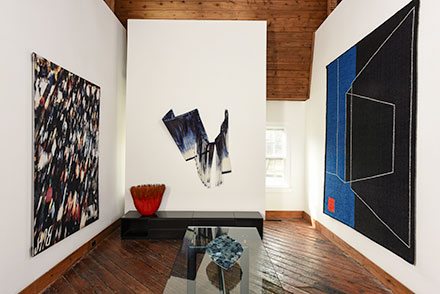
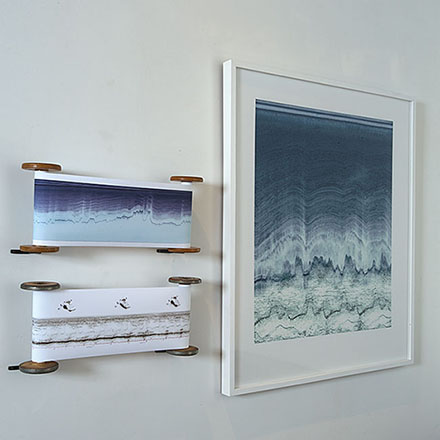
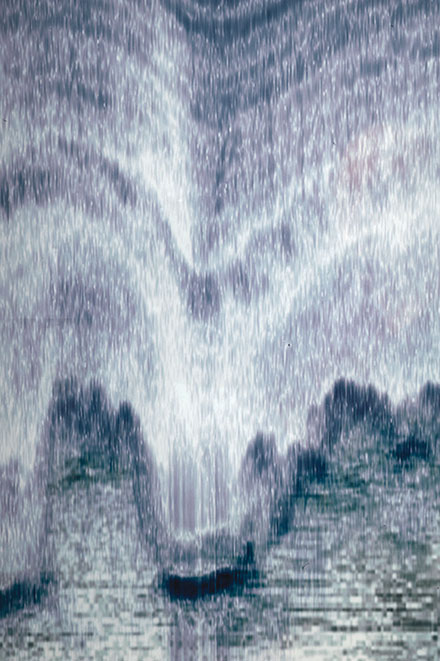

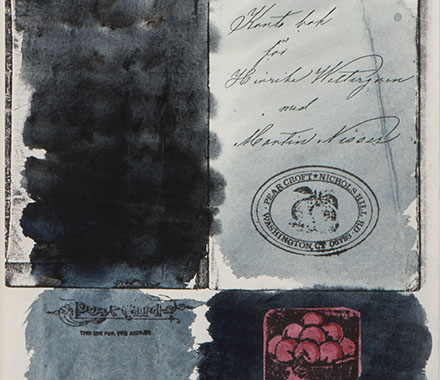
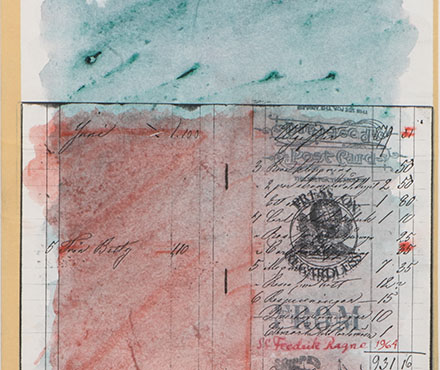
Art: Antidote to an Edgy Election
No matter on what side of the political divide you sit, it’s been a long 16 months. And for some of us, the next 16 months will likely feel even longer. In our house we’re hunkering down – old movies, dinners with friends, letter writing and getting to all those to dos, like organizing our art books – and a news ban, at least for the next few weeks. We’re also aiming for an art fix. We are going out in search of what’s inspired, exhilarating, thought provoking. The markets are holding steady; why not invest in art? Surround yourself with what brings you joy. Here are four works that brought us feelings of peace, gratitude, tolerance and awe.
Lenore Tawney, The Path, Tapestry. Photo Tom Grotta
Lenore Tawney’s The Path II, is meditative and reflective of a passage she marked in a favorite book: “[t]he spiritual path, the path of purification, of emancipation, of liberation, is a path where we change our inner nature.”
37ts Vertical to Horizontal and Vice Versa, Toshio Sekiji. Photo by Tom Grotta
Mariyo Yagi, Nawa Axis for Peace Project 2014
In his “fugue weavings” like Vertical to Horizontal and Vice Versa, Toshio Sekiji, imagines a harmonious confluence of disparate cultures, languages and nationalities, so different than the facts on the ground. Mariyo Yagi’s art is infused with concern about the Cosmos. “Art is committed to the energy of human life,” she says. In creating her sculptures she has been informed by the study of nawa –– which means a spiral cord, which for Yagi provides a link between earth and heaven and all living things, creating a spiritual loop from DNA to the cosmos. Enlightening and innovative, Anda Klancic’s work combines creative use of machine-embroidered lace technique with experience from other disciplines, including photography. In Aura, Klancic says, “I wanted to show the vital energy in the human species: that the light, connected from man to the earth and the universe, has the rhythm of breath, of life.”
Anda Klancic FiberOptic, textile sculpture
Have you other works to recommend? Let us know.